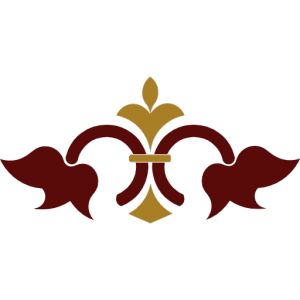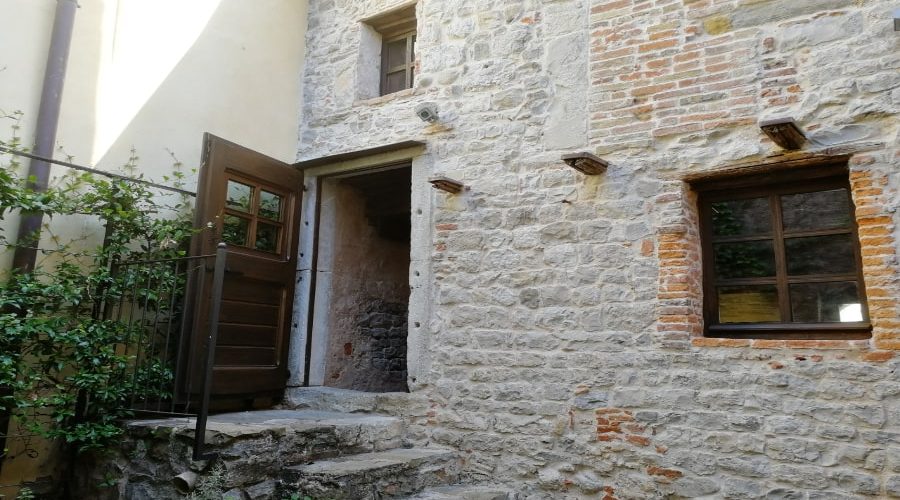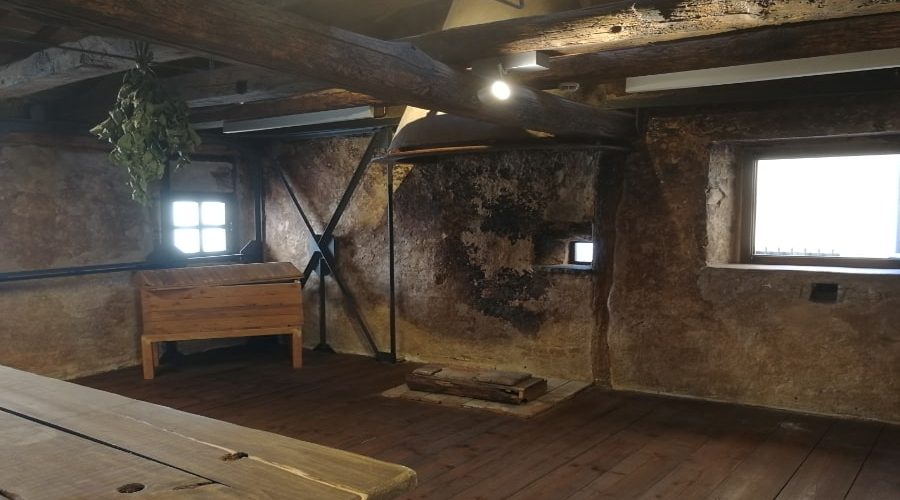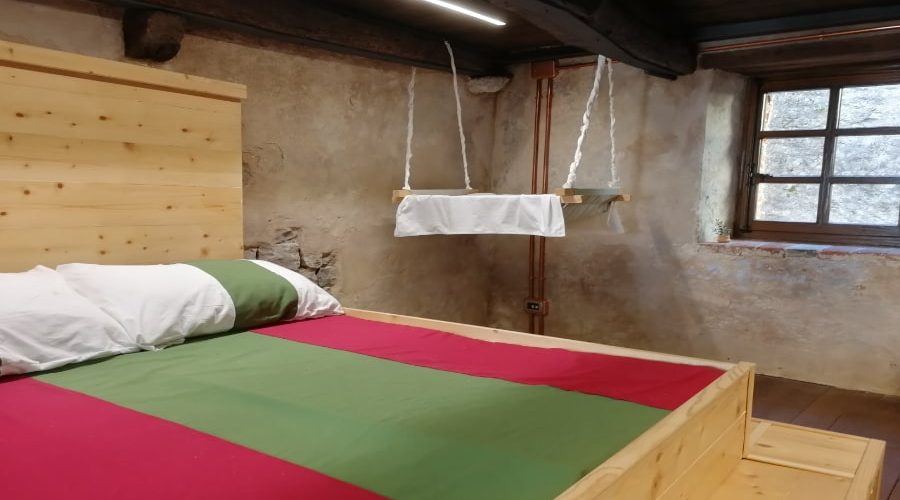After this period of intense work, we continue with our journey: exploring Cividale through our own eyes. This year Cividale has been nominated Orange Flag by the Italian Touring Club.
Let's start by talking about the Medieval House, then oldest house in Cividale. It reopened this summer, after closing for the Covid restrictions and it will be opened until the end of October, to welcome the travelers who came to visit the first Lombard duchy.
It is known as the "oldest house in Cividale", "Casa dell’Orefice” or "Casa del Mille”. This construction, dated the second half of the fourteenth century, used to house a goldsmith's workshop. Scholars claim it was built on a severed tower.
The current three-storey structure appears to be the original one, while the doors and windows have been modified and enlarged, except for the window on the first floor which was preserved, and where the medieval tradition placed the administrative office of the shop.
On the first floor there is a cubicular room, which was the master's bedroom. This room has also an attic and the beams of the attic are the original ones because they support the “sporto”, an architectural piece typical of the medieval period, on the upper floor. The litter box was the centerpiece of the room and consisted of a shelf with headboard and footboard on which the actual bed was placed. At the foot of the litter box you could find a box for storing linen and clothing. Also part of the furnishings were the "catedra", a chair with armrests, benches or straw chairs, and there was no shortage of devotional objects such as a wooden statue depicting "the Pietà".
Going upstairs, the first differences from the ground floor are the plastered walls and the height of the room even lower than the ground floor. The whole room is illuminated by two small windows, one on the east wall and one on the west one.
On the second floor there is the kitchen, part of which are original and still visible today such as the sink niche, a built-in wardrobe and the hearth surmounted by a large funnel-shaped pavilion flue. The fireplace was the heart of the room, it served as a source of lighting, heating and for food preparation. Its presence on the top floor is an indication of the old age of the building, because when the fireplaces began to be built inside the houses, they were placed on the higher floors to reduce the length of the smoke pipe and thus limit the danger of fires. In the Middle Ages it was common to eat meals on a piece of wood resting on two or more trestles or tripods which was dismantled once the meal was over.
Now that you know all the details, all that’s left is that you go and see with your own eyes.
Timetable:
Saturday and Sunday 10.30-12.30
15.00-19.00
The Medieval House is located in: Stretta Tommasino Cerchiari
At the entrance, show the Green Pass and an identity document
Info: 0432 710460






